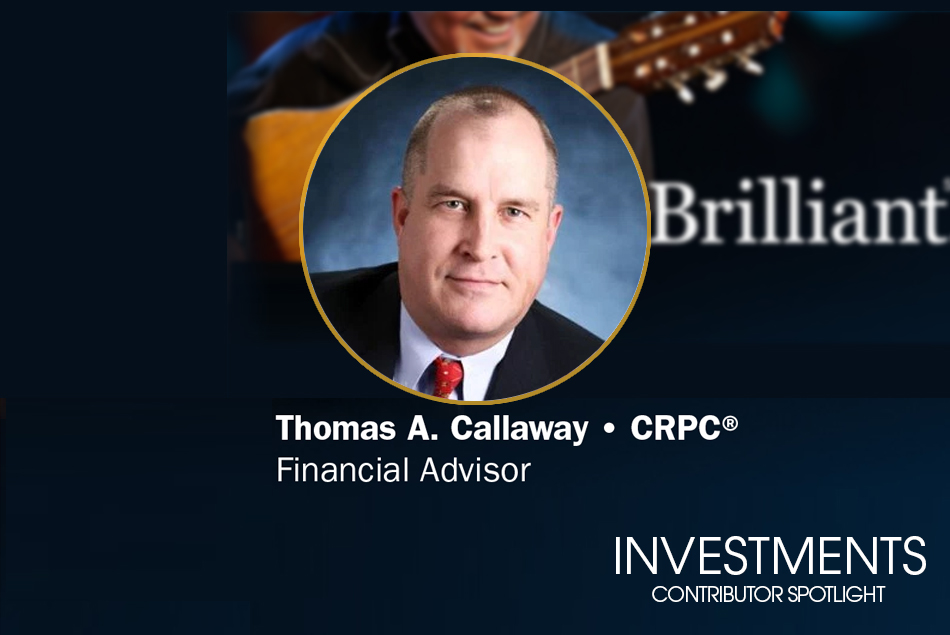Is ‘lifestyle creep’ threatening your financial future? || Thomas Callaway

File / eExtra News
As your income increases, your spending habits may have a tendency to go up as well. This is a phenomenon known as lifestyle creep. Though it’s a natural inclination to want to spend more as your funds go up, it’s important that it doesn’t impede your ability to protect your long-term financial security. If you’re making more money, but your expenses are noticeably higher than they were before, or your savings seem stuck in neutral, it may be time to reset your spending habits. Here are three steps to help you avoid or reverse lifestyle creep
Step #1 – Assess your current spending patterns
One way to identify whether lifestyle creep is a reality for you is to compare your expenses and savings strategies to a point in the past – say one or five years ago. Review checking account statements from then compared to those of today. You should be able to detect whether, in that time, your spending has changed significantly. Also, review how much you are putting away in savings – your bank accounts for emergency needs, your retirement accounts, and toward any other savings goals. Has that number improved or declined in the past year? This can tell you a lot about whether lifestyle creep is threatening your future goals.
Step #2 – Establish a “target” budget and stick with it
Creating a monthly budget provides you with guideposts on how much you should spend. It also helps you prioritize what’s important. Lifestyle creep often occurs when we become too fast and loose with our money, spend impulsively, or simply get careless about spending. Budgeting can help you put parameters around what is justifiable spending and what expenses will most likely prove unfulfilling.
Step #3 – Increase savings where possible
One primary reason to investigate the potential for lifestyle creep is to determine ways to enhance your savings strategy. If you are employed and can participate in an employer’s retirement plan, be sure to do so. If the employer offers matching contributions, it’s important to fully capitalize on it. An ideal target is to set aside at least 10% of your gross income in retirement savings. That can include a Roth IRA, where you can build a source of retirement income that can qualify for tax-free withdrawals. Also, be sure to boost your savings when you receive a raise or, at least, to keep pace with inflation.
Having a financial plan in place is a good way to put the damper on lifestyle creep. An up-to-date plan can help you establish a savings regimen that will keep current spending in check and keep your long-term goals on track. Your financial advisor can help.
Thomas A. Callaway CRPC®, is a Financial Advisor with Ameriprise Financial Services, Inc. in Paris TX. He specializes in fee-based financial planning and asset management strategies and has been in practice for 29 years. To contact him you can go to www.ameripriseadvisors.com/thomas.callaway or call (903)785-7000, office located at 2219 Lamar Ave Paris TX 75460.
Investment advisory products and services are made available through Ameriprise Financial Services, LLC, a registered investment adviser.
Investment products are not insured by the FDIC, NCUA or any federal agency, are not deposits or obligations of, or guaranteed by any financial institution, and involve investment risks including possible loss of principal and fluctuation in value.
Ameriprise Financial and its affiliates do not offer tax or legal advice. Consumers should consult with their tax advisor or attorney regarding their specific situation.








